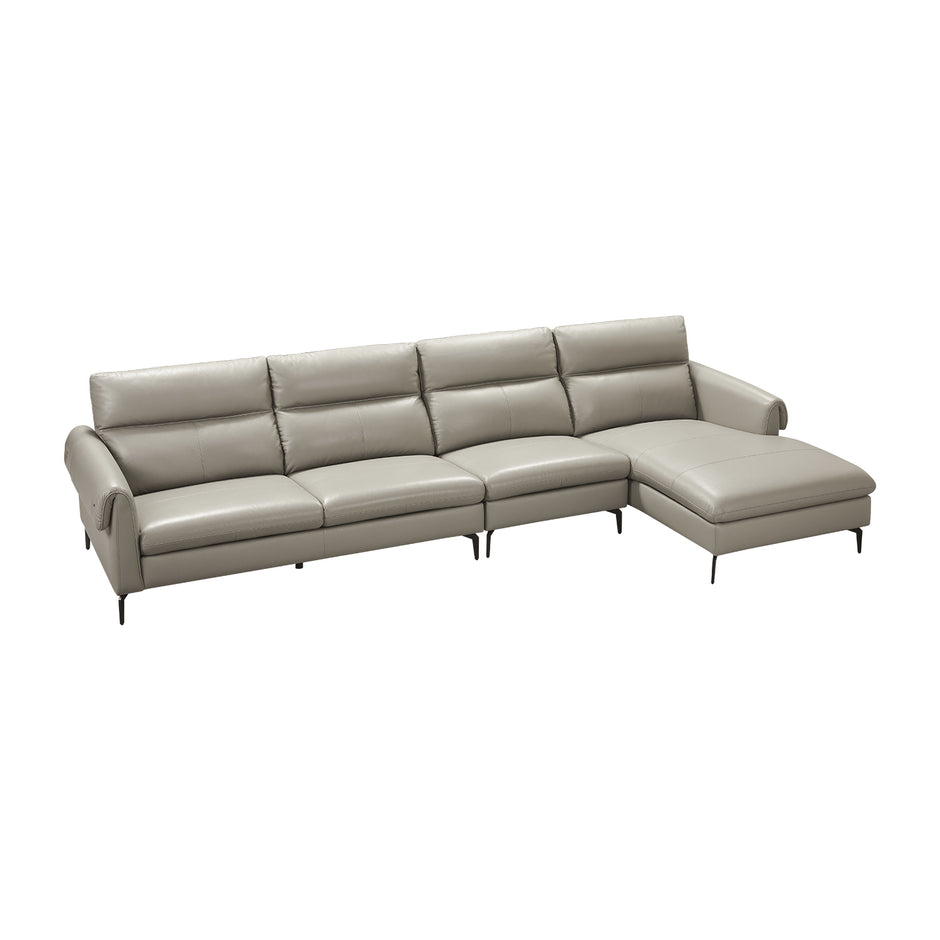Owning a leather couch is a statement of elegance and comfort. However, to maintain its luxurious appearance and durability, proper care is essential. This guide will provide you with valuable insights into the best practices for caring for your leather couch, ensuring it remains a cherished piece of furniture for years to come.

Understanding Your Leather Couch
Before diving into care tips, it is crucial to understand the type of leather used in your couch. Leather can be classified into several categories, including:
- Full-grain leather: The highest quality, retaining the natural grain and imperfections.
- Top-grain leather: Slightly sanded to remove imperfections, offering a more uniform appearance.
- Bonded leather: Made from leftover scraps, bonded together with polyurethane, and is less durable.
Identifying the type of leather will help you choose the appropriate cleaning and conditioning methods.
Regular Maintenance for Your Leather Couch
How often should you clean your leather couch? Regular maintenance is vital to prevent dirt and grime from accumulating. Here are some essential tips:
- Dust your couch weekly with a soft, dry cloth to remove surface particles.
- Use a vacuum cleaner with a soft brush attachment to reach crevices.
- Apply a leather conditioner every 6 to 12 months to keep the leather supple.
By following these steps, you can significantly extend the life of your leather couch.
Dealing with Stains and Spills
Accidents happen, and knowing how to handle them is crucial. If you spill something on your leather couch, act quickly. Blot the stain with a clean, dry cloth. Avoid rubbing, as this can spread the stain. For stubborn stains, consider using a leather cleaner specifically designed for your couch type. Always test any cleaner on a hidden area first to ensure it does not damage the leather.
Protecting Your Leather Couch
To further enhance the longevity of your leather couch, consider the following protective measures:
- Keep your couch away from direct sunlight to prevent fading.
- Avoid placing it near heat sources, such as radiators, which can dry out the leather.
- Use coasters and placemats to protect against scratches and spills.
Implementing these protective strategies will help maintain the integrity of your leather couch.
Conclusion
Caring for your leather couch does not have to be daunting. By understanding the type of leather, performing regular maintenance, addressing stains promptly, and taking protective measures, you can ensure that your leather couch remains a stunning focal point in your home. For those looking to explore exquisite options, consider visiting  for a range of beautifully crafted leather sofas.
for a range of beautifully crafted leather sofas.







